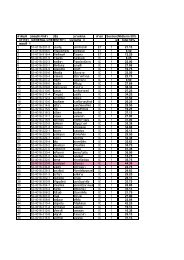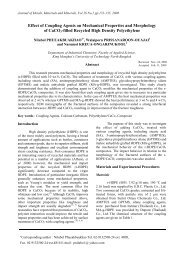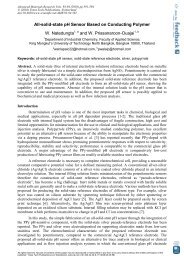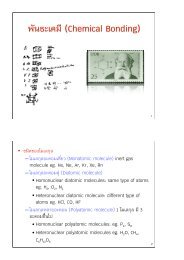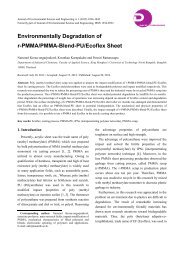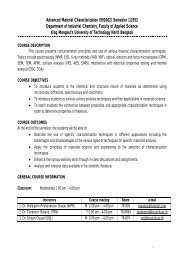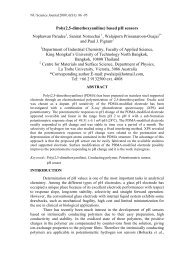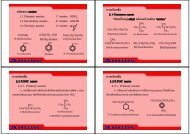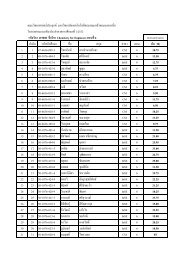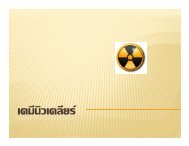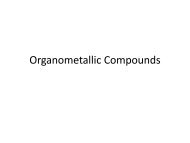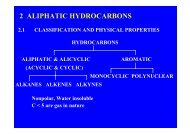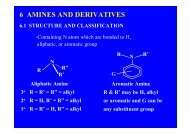Chapter 2. POLAR ADDITION AND ELIMINATION REACTIONS
Chapter 2. POLAR ADDITION AND ELIMINATION REACTIONS
Chapter 2. POLAR ADDITION AND ELIMINATION REACTIONS
You also want an ePaper? Increase the reach of your titles
YUMPU automatically turns print PDFs into web optimized ePapers that Google loves.
In the E1cb mechanism, the direction of elimination is governed by the kinetic<br />
acidity of the available protons, which, in tern, is determined by the inductive and<br />
resonance effects of nearby substituents and by the degree of steric hindrance to approach<br />
of base to the proton. Preferential proton abstraction from unhindered positions leads to the<br />
formation of less-substituted alkenes, i.e. “Hofmann rule” is followed.<br />
E2 eliminations that proceed through transition states with high double-bond<br />
character give mainly the more substituted olefin because the stability of the olefin is<br />
reflected in the transition state, i.e. said to follow the “Saytzeff rule.”<br />
Base/solvent<br />
+ +<br />
X<br />
X = I MeO - /MeOH 19 63 18<br />
Cl ″ 33 50 17<br />
F ″ 69 21 9<br />
OTs ″ 33 44 23<br />
I t-BuO - /t-BuOH 78 15 7<br />
Cl ″ 91 5 4<br />
F ″ 97 1 1<br />
OTs ″ 83 4 14<br />
Poorer leaving groups favor Hofmann products. Stronger bases favor formation of<br />
the less-substituted olefins. Highly hindered bases favor Hofmann products.<br />
<strong>2.</strong>6 STEREOCHEMISTRY OF E2 <strong>ELIMINATION</strong> <strong>REACTIONS</strong><br />
E2 elimination reaction may proceed via syn or anti mode:<br />
B:<br />
B:<br />
H X<br />
H<br />
syn<br />
anti<br />
C C C=C C C<br />
X<br />
In most cases, E2 elimination proceed via anti mode. Syn elimination is possible,<br />
and becomes dominant mode when special structural features retard anti elimination. In<br />
general trend revealed that anti mode is normally preferred for reactions involving good<br />
leaving groups such as bromide and tosylate, With poorer leaving groups, eg. fluoride,<br />
trimethylamine syn mode becomes important.<br />
D anti<br />
D<br />
H<br />
syn<br />
+ NMe 3<br />
H<br />
H<br />
Ion pair promotes syn elimination of anionic leaving group the syn mode will be<br />
diminished.<br />
H<br />
RO -<br />
C C<br />
H +<br />
X<br />
Associate Prof. Surin Laosooksathit, Ph.D. 5/31/2009 7



